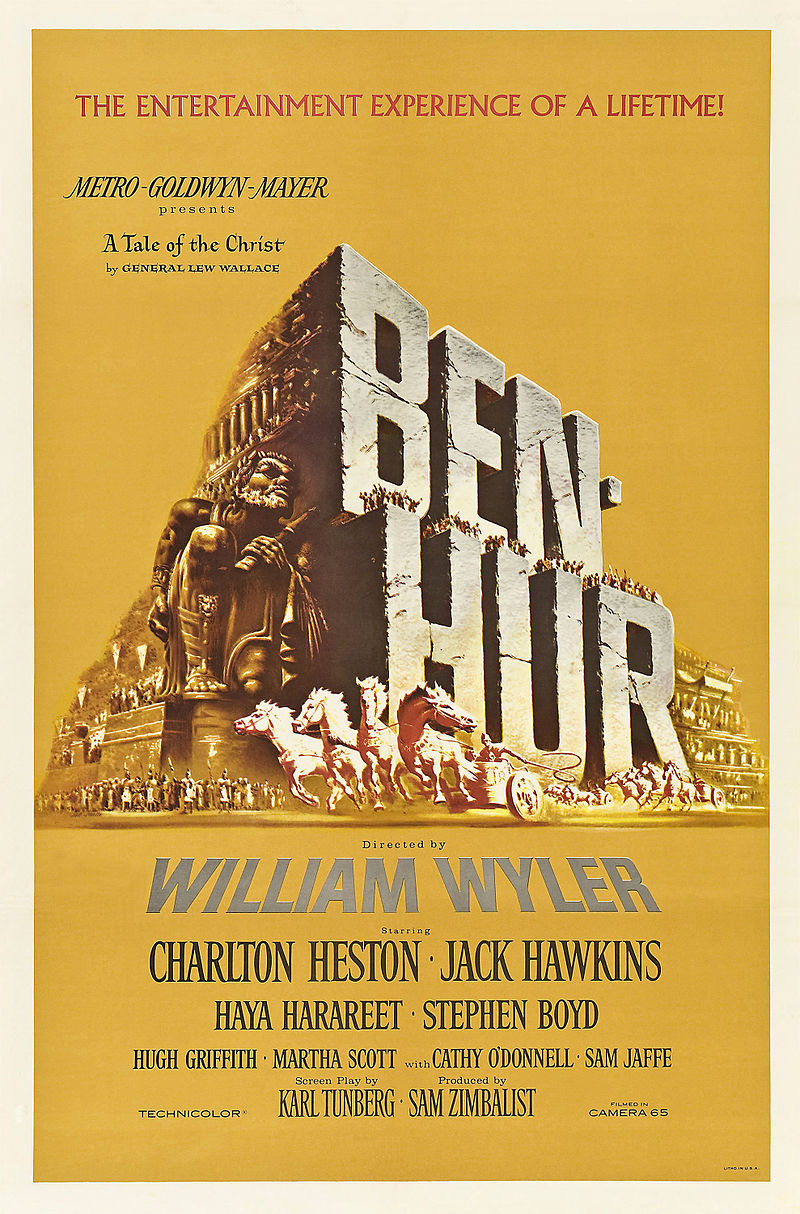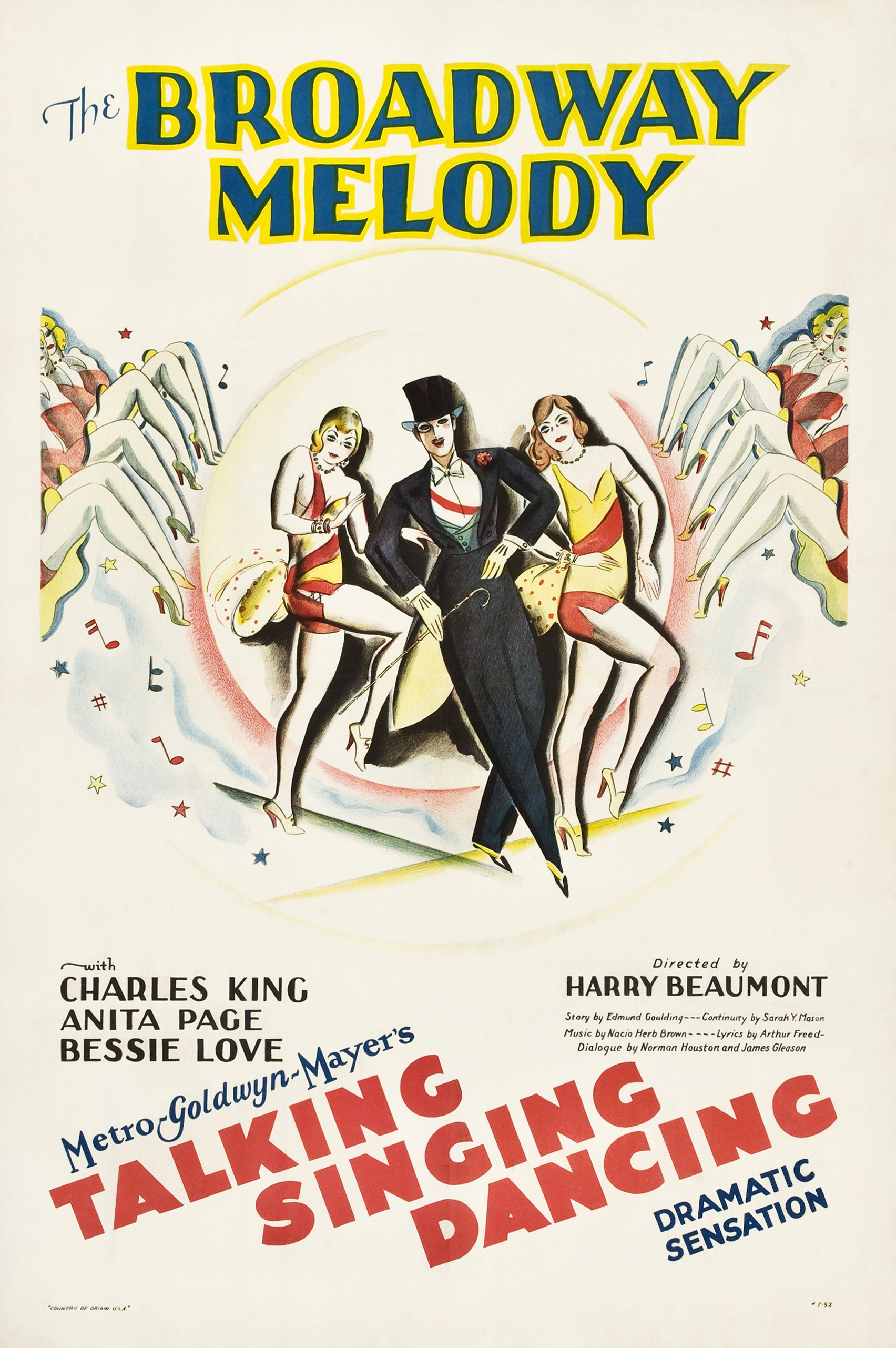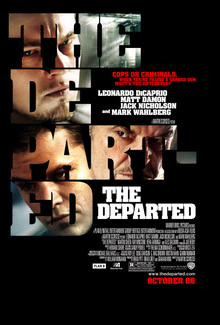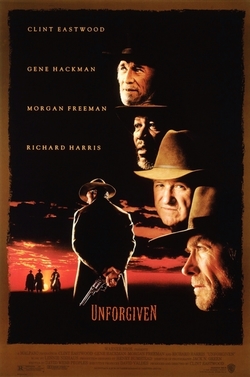I think I always accidentally confused Argo with Fargo and avoided it as a result, due to the adoration so many punk bros I knew had for the latter. I wish I had not waited so long. This film was excellent, and the kind you like to go through later and match up against the historical record – which we did. It was interesting to me that Canadian critics felt the film did not do enough to truly celebrate the pivotal role Canada played in freeing the hostages.
Ben Affleck is pitch perfect as Central Intelligence Agency Operative Tony Mendez, and also directed the film. I imagine of all the stories in the CIA’s history, this one stands out as one of the most breathtaking. It chronicles how the CIA used a fake sci-fi movie as a ruse to rescue hostages from Tehran during the 1979-1981 Iran hostage crisis, in which six diplomats were successfully freed. The film was made in 2012, and was met with tremendous critical acclaim.
Even accounting for the inevitable dramatic liberties taken, this is a real stranger-than-fiction tale of a seemingly inane plan to extract six members of the American embassy staff from Tehran. Great movie, even if it did feel like a two hour anxiety episode. I didn’t realize until watching that Ben Affleck directed and produced. I’m so used to seeing him in supermarket tabloids, that it’s easy to forget that he’s a talented guy.
The oppressive tension of the movie is broken up by Alan Arkin as a Hollywood producer and John Goodman (as the accomplished makeup artist John Chambers) who team up to form a bogus film production company to provide cover for the operation.
Every few movies we watch, there is something that resonates with what’s going on in the real world. The opening scene of Argo is the well-known takeover of the American embassy. It was unsettling to watch; it was filmed effectively and knowing it was a real event gave it additional weight. Something else was getting under my skin, though. It took me a while to realize what it was, until I realized we watched this not long after the attempted insurrection at the United States Capital. The dramatized scenes of Tehran in 1979 directly echoed the images from Washington DC in January 2021.
Continue reading



 This film came with a reputation – of being, shall we say, a lot. I had never seen
This film came with a reputation – of being, shall we say, a lot. I had never seen  Most of the time, when you see someone succeed, there is an obvious rationality to it. Some mixture of innate ability and privileged position. Then there are the occasional people you see coming out on top, and you just have to ask: Why them? The people who make you wonder if there is some guiding hand of destiny. This is the question that Slumdog Millionaire poses at its opening, as impoverished Mumbai orphan Jamal Malik prepares to answer the final question on Who Wants to Be a Millionaire? (In multiple choice format, of course.) Is he lucky? A genius? Cheating? Or, “it is written?”
Most of the time, when you see someone succeed, there is an obvious rationality to it. Some mixture of innate ability and privileged position. Then there are the occasional people you see coming out on top, and you just have to ask: Why them? The people who make you wonder if there is some guiding hand of destiny. This is the question that Slumdog Millionaire poses at its opening, as impoverished Mumbai orphan Jamal Malik prepares to answer the final question on Who Wants to Be a Millionaire? (In multiple choice format, of course.) Is he lucky? A genius? Cheating? Or, “it is written?” This is the story of a pair of sisters who hit the Broadway circuit and attempt to make it big. The film is interesting in that it was pre-Code, and the first sound film to win an Academy Award for Best Picture, in 1929. This was also the second year of the Awards. The film features Anita Page as Queenie and Bessie Love as Harriet “Hank” Mahoney. Hank prides herself on her mind for business and her talent; Queenie is lauded for her beauty. This sets up a tension in the relationship, both professionally and personally. Eddie, who is engaged to Hank, starts the film off by telling two chorus girls he’s brought the sisters to New York to perform a vaudeville act with him in the latest revue being produced by Francis Zaneville. The chorus girls seem a little jealous and wish they’d have a shot at the gig, but Eddie in his charm still manages to stay in their good graces.
This is the story of a pair of sisters who hit the Broadway circuit and attempt to make it big. The film is interesting in that it was pre-Code, and the first sound film to win an Academy Award for Best Picture, in 1929. This was also the second year of the Awards. The film features Anita Page as Queenie and Bessie Love as Harriet “Hank” Mahoney. Hank prides herself on her mind for business and her talent; Queenie is lauded for her beauty. This sets up a tension in the relationship, both professionally and personally. Eddie, who is engaged to Hank, starts the film off by telling two chorus girls he’s brought the sisters to New York to perform a vaudeville act with him in the latest revue being produced by Francis Zaneville. The chorus girls seem a little jealous and wish they’d have a shot at the gig, but Eddie in his charm still manages to stay in their good graces. Come with us, back to Valentine’s Day, 1991. All over America, suitors are planning the perfect romantic evening. Dinner perhaps? And look, a new spooky movie opening today. What better than a few scares and the winter chill to send that special someone into your arms! I think this Valentine’s Day is going to end very well, don’t you? Two hours of cannibalism, mutilation, flying semen and lotion-in-the-basket later, I’m pretty sure The Silence of the Lambs ruined thousands of first dates, but it was on its way to becoming a modern classic.
Come with us, back to Valentine’s Day, 1991. All over America, suitors are planning the perfect romantic evening. Dinner perhaps? And look, a new spooky movie opening today. What better than a few scares and the winter chill to send that special someone into your arms! I think this Valentine’s Day is going to end very well, don’t you? Two hours of cannibalism, mutilation, flying semen and lotion-in-the-basket later, I’m pretty sure The Silence of the Lambs ruined thousands of first dates, but it was on its way to becoming a modern classic.  Our most recent Oscars film as part of our red carpet roulette project was The Departed, an American crime drama from 2006 directed by Martin Scorsese. I have to say, the first thing I commented on as we were watching this movie was the all-star cast. I looked at Mouse with each new person on the screen and said, “Wait – he’s in it too?!”
Our most recent Oscars film as part of our red carpet roulette project was The Departed, an American crime drama from 2006 directed by Martin Scorsese. I have to say, the first thing I commented on as we were watching this movie was the all-star cast. I looked at Mouse with each new person on the screen and said, “Wait – he’s in it too?!”  Allow me to pose a question. Is there any mode of storytelling more fundamentally American than the Western? Not just movies, but literature, visual arts, anything. The cowboy is nearly synonymous with America itself. And so my second question. Why is it that in the 90 years of Academy Awards- largely a celebration of the American film tradition- has that most uniquely American of film genres been awarded Best Picture only three times? In the Awards’ fourth year, Cimarron took the prize, and while I maintain for the record it isn’t as bad as its reputation, I think Cimarron is seen nowadays as a Best Picture in name only. A full 51 years passed before another Western took the Oscar (Dances With Wolves), then Unforgiven two years later. Since then, nary a Stetson has been seen on the awards podium.
Allow me to pose a question. Is there any mode of storytelling more fundamentally American than the Western? Not just movies, but literature, visual arts, anything. The cowboy is nearly synonymous with America itself. And so my second question. Why is it that in the 90 years of Academy Awards- largely a celebration of the American film tradition- has that most uniquely American of film genres been awarded Best Picture only three times? In the Awards’ fourth year, Cimarron took the prize, and while I maintain for the record it isn’t as bad as its reputation, I think Cimarron is seen nowadays as a Best Picture in name only. A full 51 years passed before another Western took the Oscar (Dances With Wolves), then Unforgiven two years later. Since then, nary a Stetson has been seen on the awards podium.